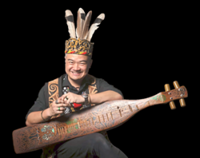Malaysia came into being in only 26 months, from the time Malaya’s first prime minister Tunku Abdul Rahman Putra Al-Haj broached the Malaysia Concept on May 27, 1961 in Singapore to its fruition on Sept 16, 1963.
This was considered a remarkable achievement, considering the complexities of forming a federation encompassing so many territories, and the hurdles faced, both within and without, including armed opposition from a neighbouring country.
Already a subscriber? Log in
Save 30% OFF The Star Digital Access
Cancel anytime. Ad-free. Unlimited access with perks.





